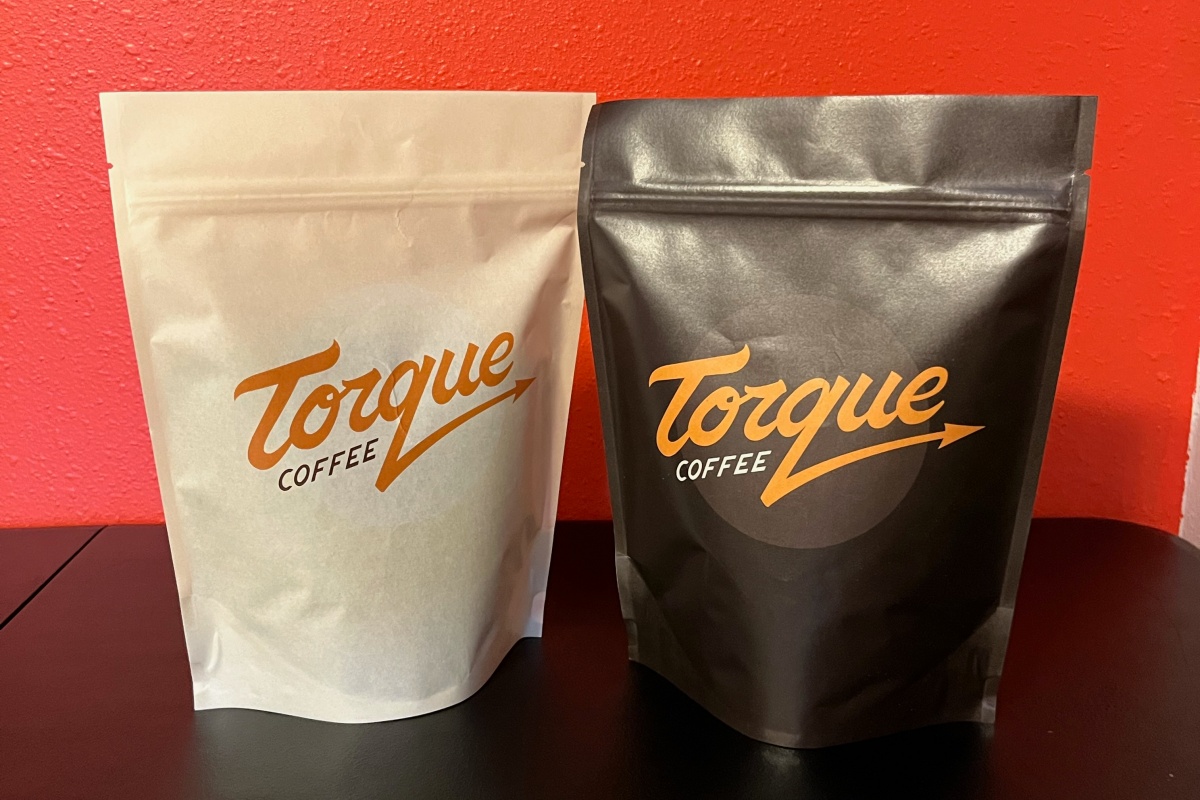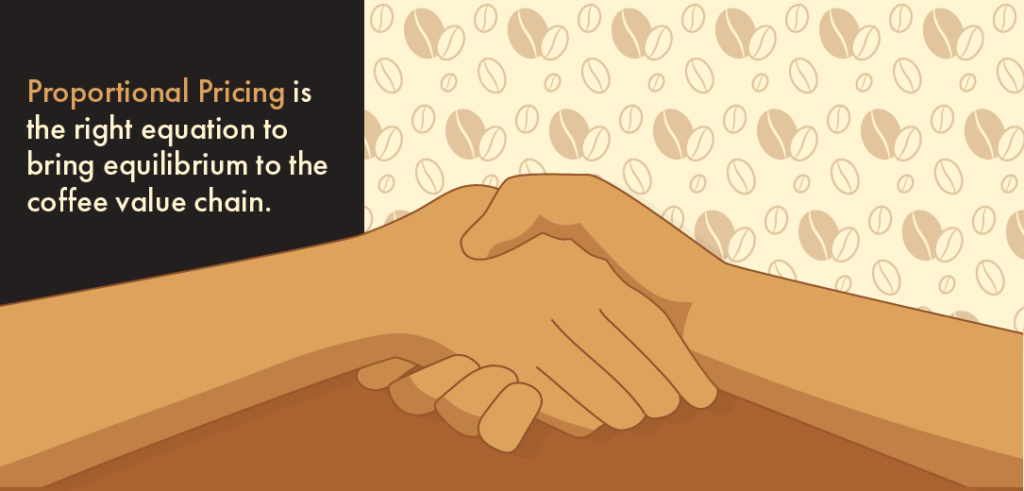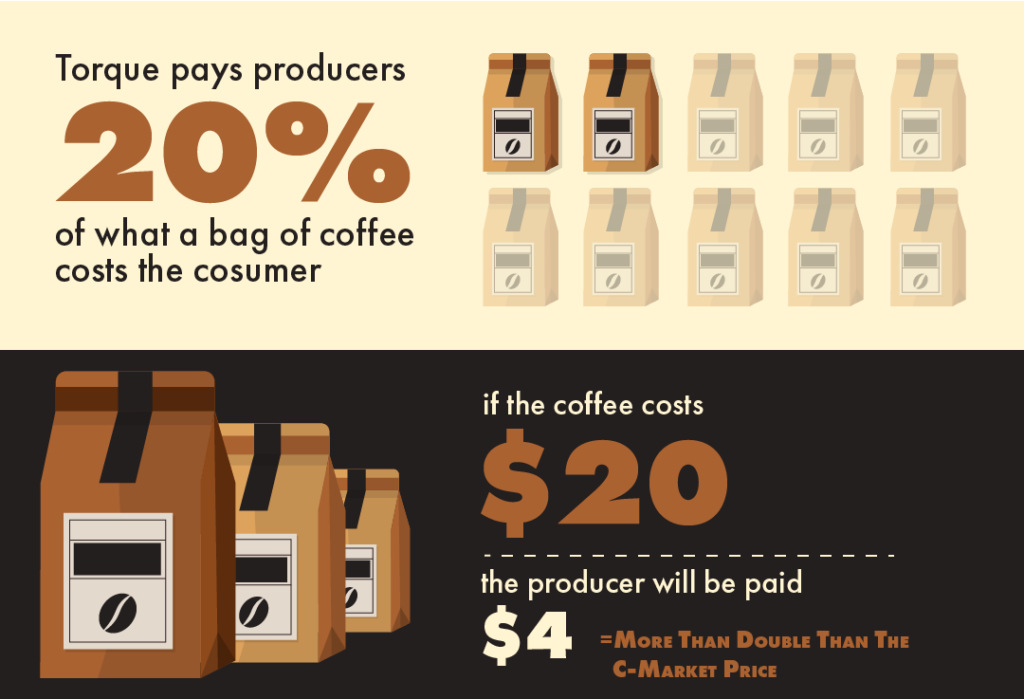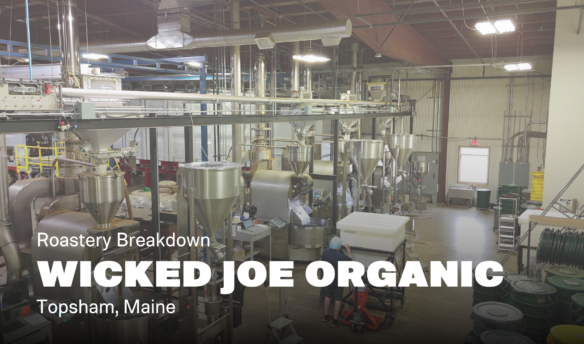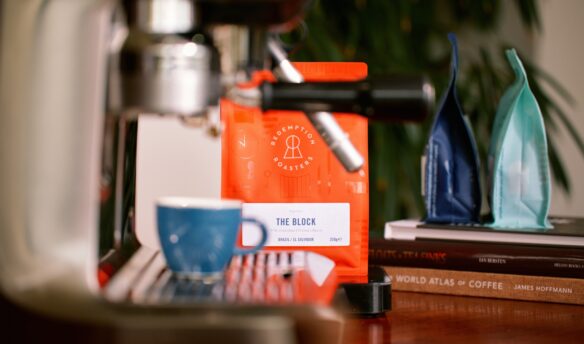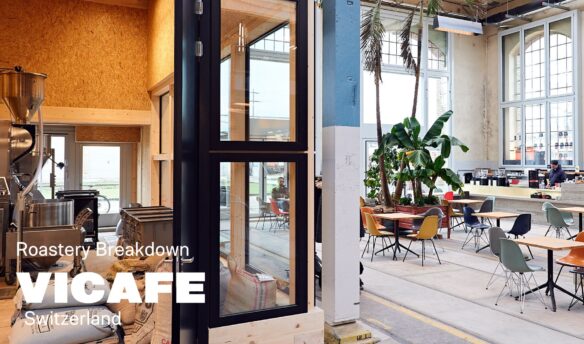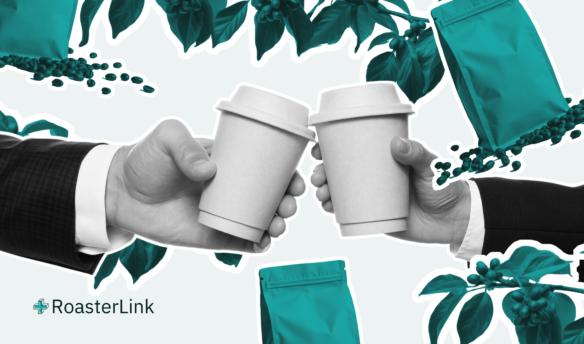The coffee industry is mired in opaque pricing structures, especially the further away consumers get from the cup in their hand. The world of paying farmers seems shadowy and distant from the perspective of an aesthetically-decorated cafe in the United States. Wife and husband team Nanelle and Andy Newbom are trying to change that with their new roasting company, Torque Coffee. Founded in San Diego, California, Torque is exploring a new pricing model called Proportional Pricing.
Andy Newbom, who helped found the Barista Guild in 2003, has long been searching for better ways to pay farmers and get consumers on board. With Proportional Pricing, “we hope to change the entire value equation of specialty coffee,” Andy Newbom explained. “All of us in specialty coffee agree that coffee producers are valuable, but we haven’t agreed on how to assign that value, who assigns it, or how to convey it through the supply chain.”
Direct and Clear Impact
Efforts like direct trade or telling the stories of coffee farmers have attempted to convey this message in the past. These efforts, however, often rely on the stories of the plight of farmers and data about low pay and impoverished families. After a while, it can feel like trauma porn. Newbom wanted to get away from that marketing style.
“You know the exact impact your purchase has on the coffee producer. No complex math, no 50-page reports, no long explanations, sob stories, or strings attached. It’s just the Producer’s Portion,” he explained. Consequently, Torque’s website doesn’t include photos of farmers or stories about how their money has helped improve lives–it’s about the coffee, and that the farmer was paid fairly.
Conceptually, the Proportional Pricing model is straightforward: Torque pays producers 20% of what a bag of coffee costs the consumer. So for every $20 bag of roasted coffee bought, the consumer can rest assured that the producer made $4.
Since producers are paid for green coffee, which is not an equivalent weight to roasted coffee,, the actual calculation of what to pay a producer requires an algorithm. Starting at the retail price, Newbom describes it as working “backward,” looking at how much Torque can reasonably sell a coffee for, deciding what percentage they want to pay the farmer, and figuring out what the payment for the green coffee is from there. It shakes out to about $4.75 per pound of green coffee to the farmer. As I write this, that’s more than double the c-market price (which acts as a benchmark for coffee pricing, though doesn’t always reflect the actual paid amount).
Furthermore, all fees to import and export companies are paid after the $4.75 is paid to producers. That way, those fees don’t eat into the producer’s income.
The result is a step toward equity. “We are convinced that Proportional Pricing is the right equation to bring equilibrium to the coffee value chain,” Newbom said of the model.
Overcoming Pricing Challenges
Newbom acknowledges that there are challenges. For instance, it can be difficult to figure out how much a producer makes when their coffee is part of a cooperative or sold through an export company. Every producing country has slightly different practices, and Newbom has had to use his decades of experience and connections within the coffee industry to get the information he needs to pay the farmers the amount Torque promises.
He described a situation where, after paying for bags of a producer’s coffee through an export company, he had to send the producer the rest of his payment via Venmo because the exporters wouldn’t let Newbom pay more. For roasters without these connections, the import and export companies act as barriers to transparency and equity.
“Who gets value, where does it come from?” Newbom mused when I asked how this idea came about. For years, he’s believed that we’re going about determining value the wrong way. “We’re trying to steal their [farmers] value when we should go about it from the opposite direction.”
Among growing conversations about improved transparency and equity in retail coffee, the price paid to coffee producers deserves more attention. “Torque is not trying to imply that we pay more than anyone else, or that other coffee companies pay too little. It’s our belief that reversing the value determination to begin at the retail price and applying a preset percentage is the cleanest, simplest, least imperialistic way to bring equilibrium to coffee,” Newbom explained. The issue is complex, but not impossible to change.
Torque has other goals, including decreasing its carbon footprint by using sustainable packaging. Newbom is aware these are essential issues and cares about them, but Proportional Pricing is where Torque personally drives change. Their hope is that getting other roasters on board with this model will see a rising tide for all coffee producers.
Photos courtesy of Torque Coffee.



